The Global Ideas “Top 5” of living fossils
1. The Horseshoe Crab
They are named after their look. The Horseshoe crab is a marine arthropod that lives in shallow ocean waters, gliding through the sandy surface. They also can be found on the shore. And Horseshoe crabs are considered to be living fossils. The oldest proven members of these crabs family were dated back to the late Ordovician period, about 450 million years ago.
2. The Ginkgo
Not only species of the sea can be living fossils. The Ginkgo tree is unique. It has no known close living relatives. The tree has it‘s origin in China and is widely used for traditional medicine and as a source of food. The first fossils have been dated back 270 million years.
3. The Purble Frog
The ancestors of the living fossil bounced around the dinosaurs legs. When it was discovered back in 2003, the researchers described the Purple frog as a “bloated doughnut with stubby legs and a pointy snout.” That‘s not exactly nice but the truth. To make things even more odd, it‘s cry reminds very much the one of a chicken. The frogs evolved about 130 million years ago.
4. The Hoatzin
Let‘s have a look at birds. This one is also a living fossil, linked closely to a fossil found in 2011 in Nambia that was dated 23 million years ago. Today‘s Hoatzin live at swamps or seas and deep in the Amazon rainforest. Although the bird is able to fly, it‘s a far more better swimmer and diver. Scientists a long time thought that they had found a close relative to the Archaeopteryx, because the hoatzin‘s young birds develop claws to climb up trees, a tool that also the Archaeopteryx used.
5. The Aardvark
Finally we take a look at the aardvark. It is a pig-sized nocturnal mammal from Africa. The name aardvark has it‘s origin in the Afrikaans language (erdvark) which can be translated as “earth pig”. But it‘s also known the “African antbear”. One of it‘s closest living relatives is the elephant shrew, another funny looking living fossil. The earliest proven relative of the aardvark have been dated to 5 million years.
The 5 hungriest animals
1. The American Pygmy Shrew (Sorex hoyi)
With a pulse clocking in at more than a 1000 per minute, the smallest mammal in North America really needs lots of food to keep its phenomenal metabolism going. Every day it eats three times its own weight. To do so it needs to constantly eat and never sleeps for more than a few minutes. An hour without food would mean certain death. But this high-octane life style takes its toll – the 5 cm long animals typically live barely a year.
2. The Blue Whale (Balaenoptera musculus)
As the largest animal ever to have lived you’d expect the blue whale to be a good eater. 30 meters long and weighing some 170 tons, it eats up to 3,6 tons of krill (a type of plankton) a day. That’s equivalent to a daily intake of 1.5 million Calories – or about 6000 Snickers bars.
3. The Humming Bird (Trochilidae)
With its heart beating up to 20 times a second during hovering flight, humming birds need lots of food to maintain their phenomenal flight engines powering their wings which can flap up to 80 times a second. They eat up to twice their weight in nectar every day making them not only the hungriest birds but the hungriest animals outside the insect realm.
4. The Giant Weta (Anostostomatidae)
With a span of up to 18cm and a weight of 70 grams, this creepy crawly is considered the largest insect in the world. Here’s a specimen that is officially the largest on record – discovered by a former park ranger on new Zealand’s Little Barrier island. And it is very hungry indeed. The news item shows it attempting to gobble up a carrot. The park ranger added: “She would have finished the carrot very quickly, but this is an extremely endangered species and we didn’t want to risk indigestion.”
5. The Star-Nosed Mole (Condylura cristata)
If you are hungry, you want to eat. Quickly. By that measure the star-nosed mole must be one of the hungriest animals around – because it eats faster than any other mammal. It , both, finds and swallows its food typically in less than a quarter of a second. Which is about as fast as you blink.
Faith in Forests
Around the world religious communities and their institutions have traditionally been guardians of forest areas. In a time when biodiversity is increasingly under pressure from pollution, exploitation, markets and human expansion, these religious forest sites will assume an ever more important role, when it comes to conserving what’s left of nature. Researchers at Oxford University and the Alliance of Religions and Conservation have compiled a global map of religious forest sites. They say that,
Religious groups own 5-10% of global forests and influence much more, in addition to their investment in commercial forestry and consumption of wood and forest products.
Here’s their map. Zoom in and click on the markers to find out more about each forest site:
For what we risk biodiversity (1): Australia’s coal industry
We all agree, that nature’s richness is precious and needs to be protected. But at the same time it sometimes “just happens” that this precious biodiversity is set at risk. To raise awareness for this contradiction, we start a little blog series, featuring examples of this phenomenon. Here’s our first part:
We risk biodiversity for the coal industry in Australia
The world’s largest variety of corals (more than 350 different species), more than 1500 tropical fish and at least 200 bird species, 20 different types of reptiles like sea turtles, as well as sponges, mollusks, rays and dolphins: the Australian Great Barrier Reef is teeming with life, in an extraordinary variety of colors and shapes.
Despite this richness, the Australian government recently approved four big industrial projects close to the reef, one of them the expansion of a coal port – which means three million cubic meters of seabed have to be removed. The Australian Brisbane Times vizualizes the amount of soil like this: “the amount of dredge to be dumped offshore is enough to fill 150,000 dump trucks lined up ‘‘bumper to bumper’’ from Brisbane to Melbourne.” Though strict guidelines are said to be applied, environmentalists fear, the Great Barrier Reef World Heritage Area will be affected. Greenpeace warns, instead of less then 2000 ships in 2011, more than 10,000 ships would be traveling through the World Heritage site by 2020. What’s more, the massive projected rise in ship traffic, will also increase CO2-emissions and thus accelerate global warming – which in turn further threatens the reef’s corals.
[story found on Grist.org]
Do you also know of more examples? Drop us a line in the comment box below!
What ranks higher: Biodiversity or need for green energy?
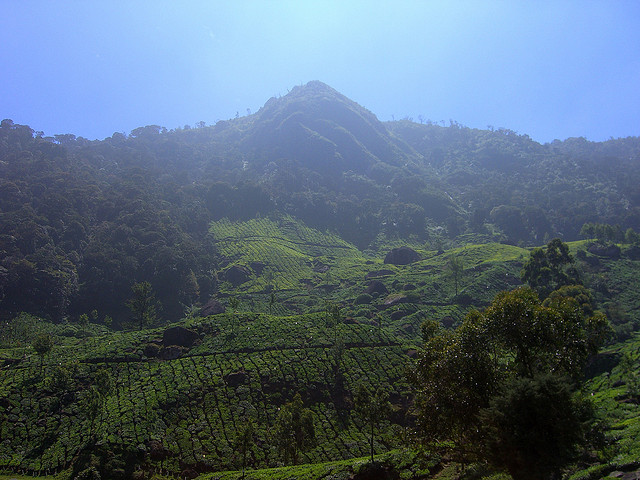
The Western ghats in India are home to 39 Unesco World Heritage Sites (Photo credit: CC BY NC SA: pocketdora)
If you were a politician and forced to choose, in which way would you push your agenda: preserve nature’s diversity by upholding protected areas or to lift the restrictions to allow them to be used for green energy projects – such as solar power or wind farms?
Such decisions are made all over the world. In Sweden for example, there is great potential to expand the use of hydro- or wind-power. At the same time large parts of the country are nature reservoirs and thus protected. But people in Sweden people love there nature and they seem to generally agree that protected areas shouldn’t be given up for the sake of more green energy.
In India the opposite happens: In a region called the “Western ghats“, reaching along almost the whole Western coast of the country. Due to its richness in unique plant- and animal-species it’s also considered a global biodiversity hotspot – one of 35 biodiversity hotspots worldwide. Though, a little over a third (some 60,000 sq km) of that area is designated an “ecologically sensitive area” and thus protected. Well, “protection” here means the following: Companies are not allowed to dig mines, set up thermal power plants or any other polluting industries. But hydro-electric power plants and wind turbines are ok if they conform to strict “green” rules and monitoring, according to a report by the Times of India.
The other 63 percent of the Western Ghats will remain unprotected, designated as “cultural landscape” (including villages, agriculture and non-forest plantations). But biodiversity experts call for caution: just because a region is considered a “cultural” landscape it should not be less worth protecting. Also, in a cultural landscape they consider industrial activity to be a possible threat to nature’s richness. Environmentalists fear desertification of the region may be a problem, too.
As so often it comes down to a hard choice between economic goals and the value of nature: How would you decide?



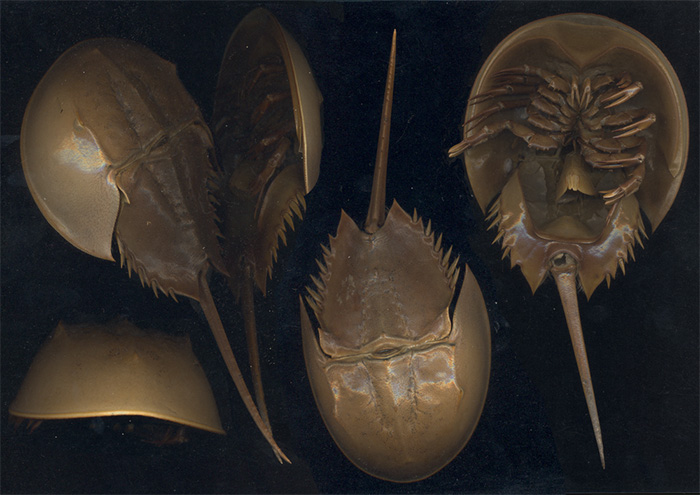
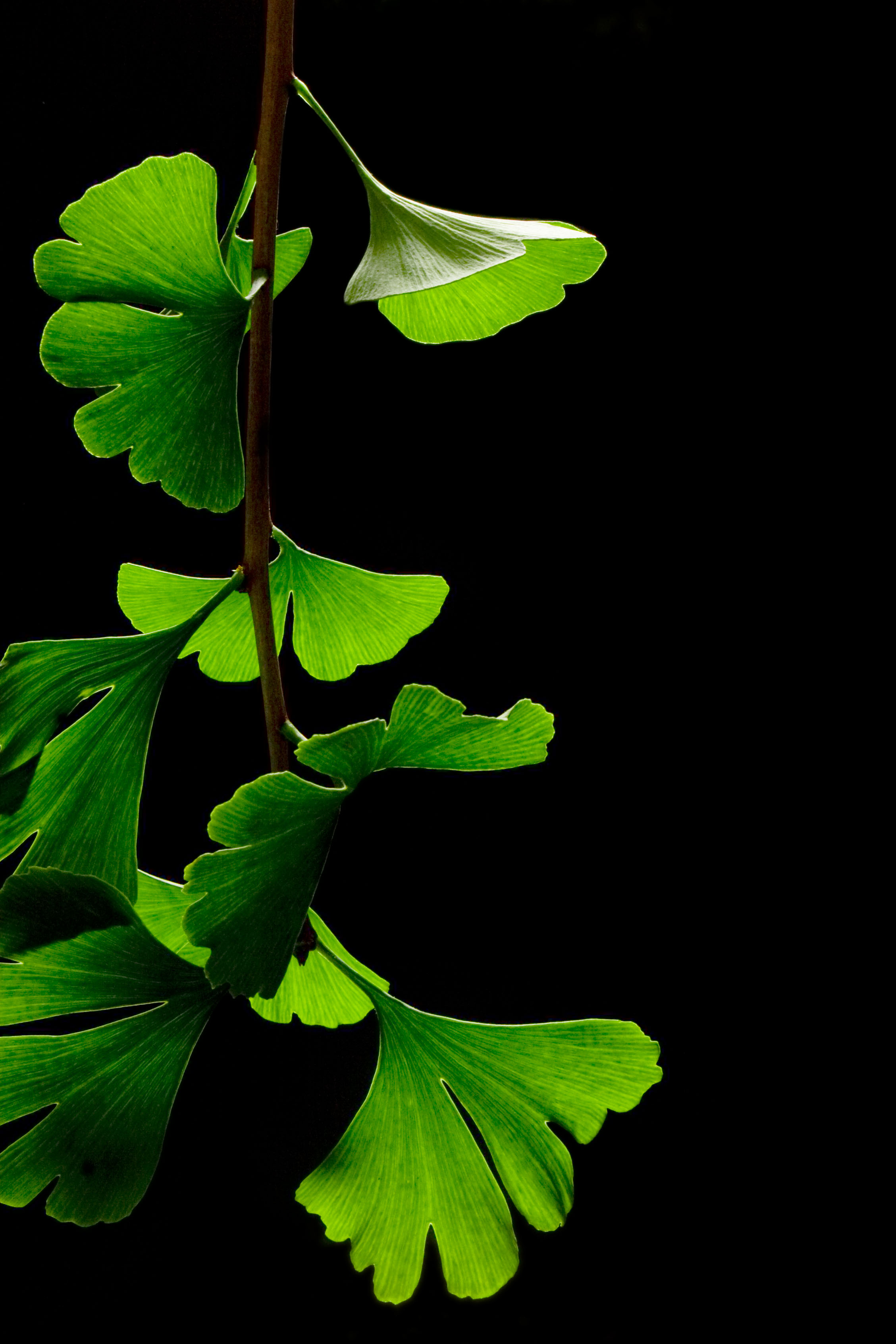


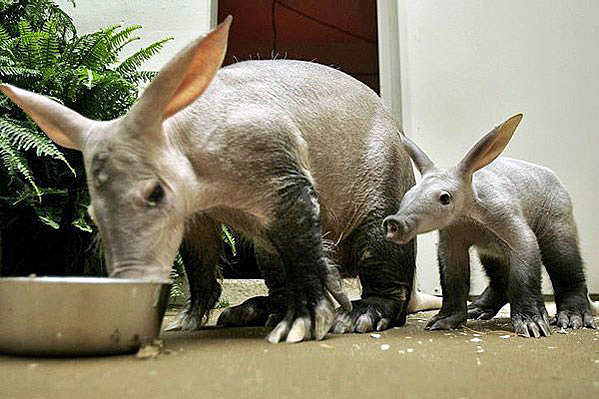

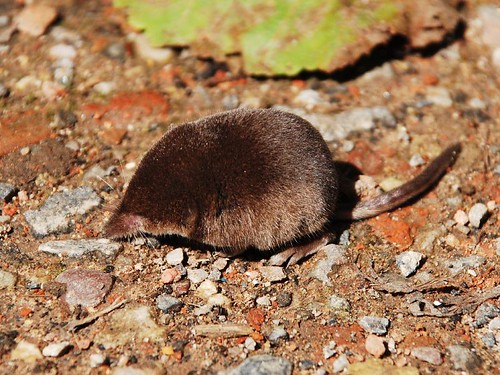
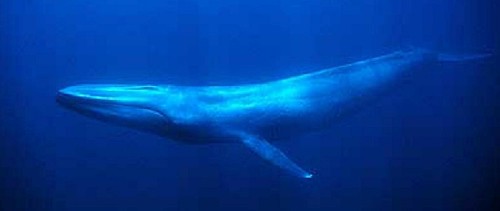
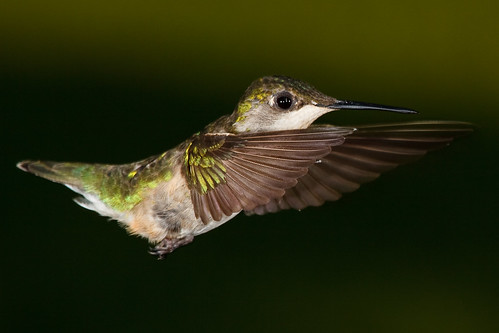

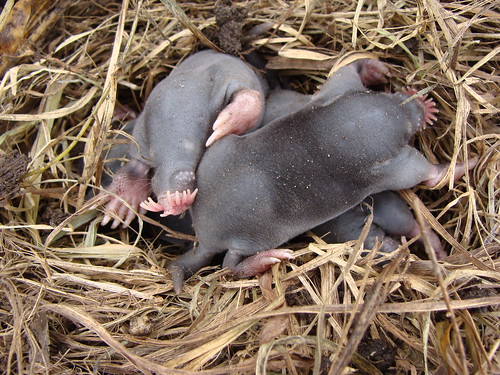
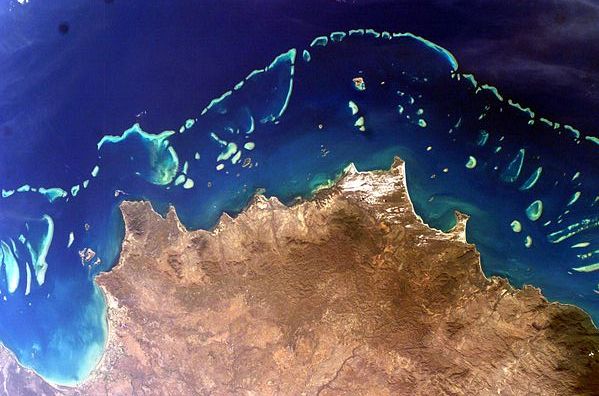




Feedback